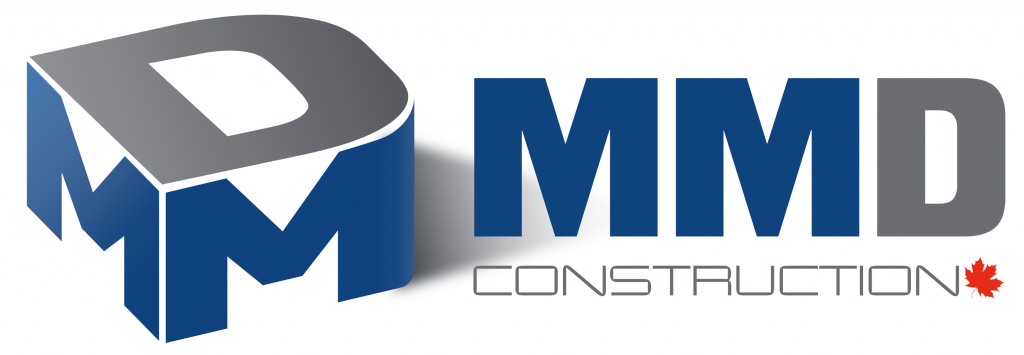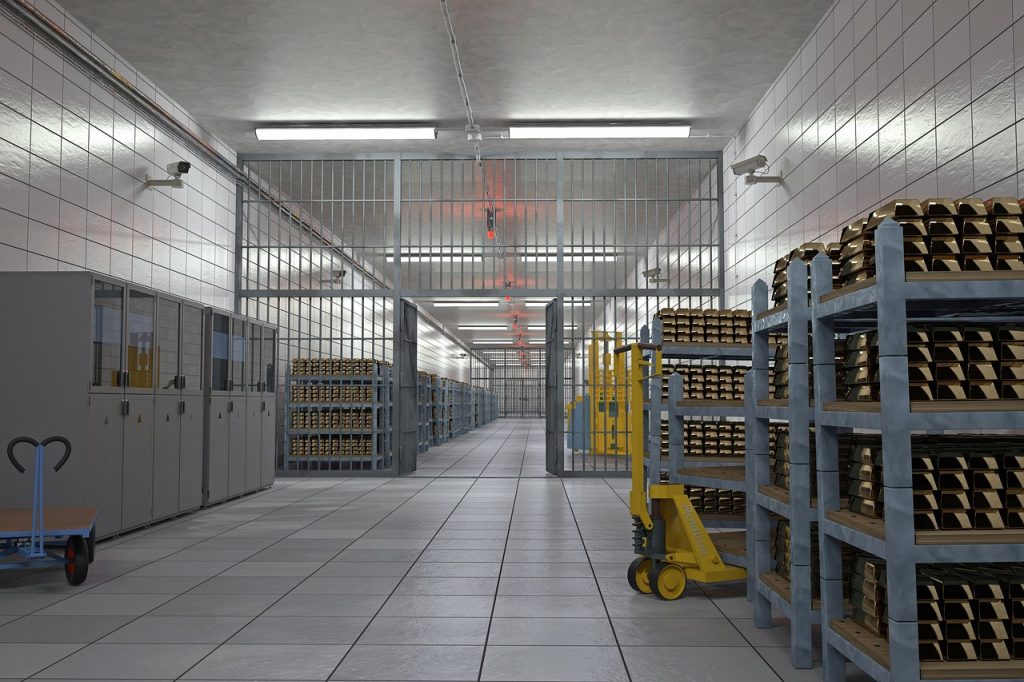As Toronto business owners face another cold January in 2025, proper warehouse insulation becomes more important than ever. The right commercial insulation not only keeps your energy costs down but also protects your inventory and provides a better working environment for your employees. Let’s look at your best options for warehouse insulation and how to make smart choices for your facility.
Understanding R-Values for Toronto’s Climate
R-value measures how well insulation resists heat flow. Here in Toronto, we need higher R-values than warmer regions. For warehouses, you’ll want commercial insulation with an R-value of at least R-30 in the roof and R-20 in the walls. Think of R-value like a winter coat – the thicker it is, the better it protects against cold weather.
Fiberglass: The Versatile Standard
Fiberglass remains popular for warehouse insulation because it offers good value for your investment. It comes in batts or rolls, making it adaptable for different spaces. The material traps millions of tiny air pockets, creating an effective barrier against heat loss. Newer fiberglass products include facing materials that act as vapor barriers, helping prevent moisture problems common in Toronto warehouses.
Spray Foam: Superior Performance
While more expensive initially, spray foam insulation offers excellent long-term benefits. It expands to fill gaps and creates an airtight seal, particularly useful for older warehouses with irregular surfaces. Closed-cell spray foam adds structural strength to walls and provides a moisture barrier – particularly valuable during spring thaws when moisture problems often surface.
Reflective Insulation Systems
These systems work differently from traditional insulation, reflecting heat back into your space rather than just slowing its escape. They’re especially effective in warehouse roofs, where heat loss often occurs. When combined with traditional insulation, reflective systems can reduce your heating costs significantly during our long Toronto winters.
Mineral Wool: Fire Resistance and Sound Control
Also known as rock wool, this material offers excellent fire resistance – a key consideration for warehouse safety. It handles high temperatures without melting and helps contain fires, potentially reducing insurance costs. The dense material also reduces noise transmission, making it valuable if your warehouse operates heavy equipment or sits near residential areas.
Cost Considerations and ROI
When planning your 2025 budget, consider insulation as an investment rather than an expense. Better insulation typically pays for itself through energy savings within 3-5 years. Factor in:
- Material costs per square foot
- Installation labor
- Potential energy rebates from Toronto utilities
- Reduced maintenance costs
- Lower HVAC wear and tear
- Improved worker comfort leading to better productivity
Professional Installation Matters
While material choice matters, proper installation makes the difference between adequate and excellent performance. Professional installers understand:
- How to maintain proper vapor barriers
- Where additional insulation is needed around loading docks
- How to insulate without creating condensation points
- The importance of proper ventilation
- Local building codes and fire safety requirements
As you plan improvements for the coming year, consider starting your insulation project before spring arrives. Winter gives you a clear picture of where heat loss occurs, and many installers offer better rates during their slower season. Plus, completing the work now means you’ll be ready for the summer cooling season.
Remember that warehouse insulation affects everything from energy bills to worker satisfaction to inventory protection. Take time to research your options and get multiple professional opinions. The right choice now will benefit your business for years to come.





